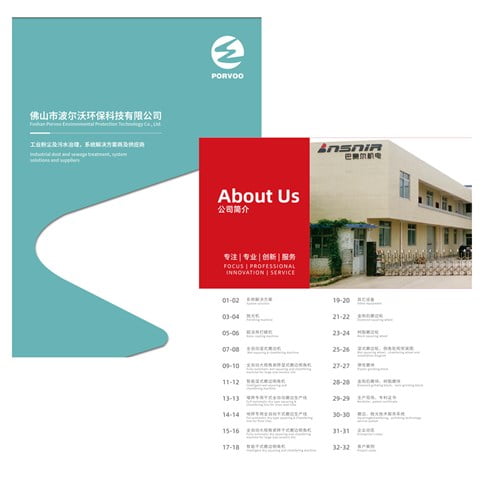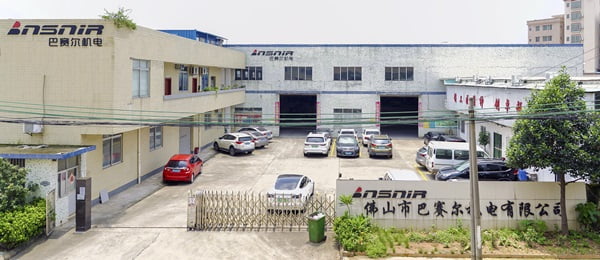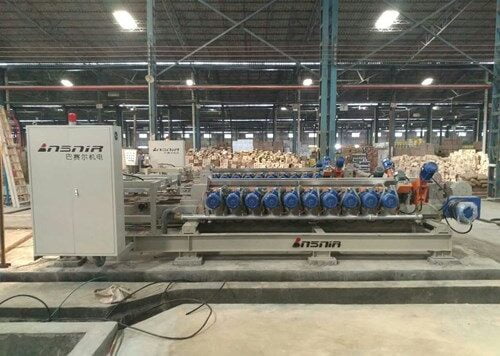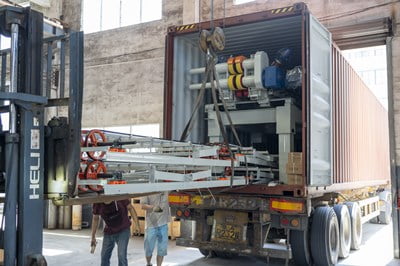Wet squaring wheels have revolutionized the precision grinding industry, offering unparalleled accuracy and efficiency in shaping and polishing various materials. From ceramic tiles to glass and stone, these specialized tools have become indispensable in achieving flawless finishes and exact dimensions. This article delves into the intricacies of wet squaring wheels, exploring their composition, applications, and the technology behind their remarkable performance.
The world of precision grinding has been transformed by wet squaring wheels, which combine advanced materials science with innovative cooling techniques. These wheels, embedded with diamond particles and used in conjunction with water or liquid coolants, have set new standards for accuracy and efficiency in material processing. From the ceramics industry to glass manufacturing, wet squaring wheels have proven their worth in producing high-quality, precisely shaped products with minimal waste and maximum durability.
As we explore the fascinating realm of wet squaring wheels, we'll uncover the science behind their effectiveness, the diverse applications across industries, and the technological advancements driving their evolution. Whether you're a industry professional or simply curious about the tools shaping our material world, this deep dive into wet squaring wheels promises to illuminate a crucial yet often overlooked aspect of modern manufacturing.
"Wet squaring wheels represent a significant leap forward in precision grinding technology, offering superior performance and longevity compared to traditional grinding methods."
| Feature | Wet Squaring Wheels | Traditional Dry Grinding |
|---|---|---|
| Cooling Method | Water/Liquid Coolant | None |
| Heat Generation | Minimal | High |
| Tool Lifespan | Extended | Shorter |
| Precision | High | Moderate |
| Material Waste | Reduced | Higher |
| Finish Quality | Superior | Good |
| Dust Generation | Minimal | Significant |
What makes wet squaring wheels unique in the grinding industry?
Wet squaring wheels stand out in the grinding industry due to their innovative design and superior performance. These specialized tools incorporate diamond particles embedded in a metal or resin matrix, working in tandem with a water-based cooling system. This unique combination allows for precise, efficient grinding while minimizing heat generation and maximizing tool longevity.
The use of water or liquid coolant during the grinding process is a game-changer, setting wet squaring wheels apart from traditional dry grinding methods. This cooling mechanism not only prevents overheating but also ensures stable and continuous cutting, maintaining the precision of the grinding process throughout extended operations.
One of the key advantages of wet squaring wheels is their versatility. They can be bonded using either metal or resin binders, each offering distinct characteristics to suit different applications. Metal-bonded wheels provide high hardness and wear resistance, making them ideal for heavy-duty grinding tasks. On the other hand, resin-bonded wheels excel in delivering smoother finishes, perfect for applications where surface quality is paramount.
"The integration of diamond particles with advanced cooling technology in wet squaring wheels has redefined precision and efficiency in material processing."
| Bonding Type | Hardness | Wear Resistance | Finish Quality |
|---|---|---|---|
| Metal-Bonded | High | Excellent | Good |
| Resin-Bonded | Moderate | Good | Excellent |
How do wet squaring wheels enhance precision in ceramic tile processing?
In the ceramics industry, wet squaring wheels have become indispensable tools for shaping, polishing, and squaring ceramic tiles. The precision offered by these wheels is unparalleled, allowing manufacturers to achieve exact dimensions and perfect angles with remarkable consistency.
The use of wet squaring wheels in ceramic tile processing significantly reduces material waste. The cooling effect of the water or liquid coolant prevents thermal stress and cracking, which are common issues with dry grinding methods. This not only improves the quality of the final product but also increases overall production efficiency.
Moreover, the ability of wet squaring wheels to maintain a consistent grinding performance over extended periods ensures uniform quality across large batches of tiles. This consistency is crucial in meeting the strict quality standards of the modern ceramics industry.
"Wet squaring wheels have transformed ceramic tile production, enabling manufacturers to achieve unprecedented levels of precision and quality while minimizing waste."
| Aspect | Impact on Ceramic Tile Processing |
|---|---|
| Precision | Significantly improved |
| Material Waste | Reduced by up to 30% |
| Production Efficiency | Increased by 25% |
| Product Consistency | Highly uniform across batches |
What role do wet squaring wheels play in the glass industry?
In the glass industry, wet squaring wheels have found a crucial niche in precision grinding of glass edges and surfaces. The delicate nature of glass processing demands tools that can deliver high precision while minimizing the risk of chipping or cracking. Wet squaring wheels meet these requirements admirably.
The use of water or liquid coolant in conjunction with these wheels is particularly beneficial in glass processing. It not only keeps the glass cool during grinding, preventing thermal stress, but also helps to flush away glass particles, ensuring a cleaner, more precise cut. This results in optimal glass clarity and edge quality.
For manufacturers of high-end glass products, such as architectural glass or precision optics, wet squaring wheels offer the ability to achieve complex shapes and bevels with exceptional accuracy. The smooth, polished edges produced by these wheels contribute significantly to the aesthetic and functional quality of glass products.
"Wet squaring wheels have elevated glass processing to new heights of precision and quality, enabling manufacturers to meet the most demanding specifications in architectural and optical glass production."
| Application | Benefit of Wet Squaring Wheels |
|---|---|
| Edge Grinding | Minimized chipping, smooth finish |
| Beveling | Precise angles, polished surfaces |
| Surface Grinding | Improved flatness and clarity |
| Complex Shapes | Accurate reproduction of designs |
Why are wet squaring wheels preferred for precision grinding in other industries?
The advantages of wet squaring wheels extend beyond the ceramics and glass industries, making them a preferred choice for precision grinding across various sectors. Their versatility and efficiency make them valuable tools in metalworking, stone processing, and even in certain niche applications within the electronics industry.
In metalworking, wet squaring wheels excel in tasks requiring high precision, such as grinding turbine blades or machining precision components. The cooling effect of the liquid prevents heat-induced deformation of metal parts, ensuring dimensional accuracy even in the most demanding applications.
For stone processing, particularly with hard materials like granite or marble, wet squaring wheels offer the perfect balance of grinding power and finesse. They can efficiently remove material while leaving a smooth, polished surface, reducing the need for additional finishing steps.
"The adoption of wet squaring wheels across diverse industries underscores their versatility and effectiveness in meeting a wide range of precision grinding requirements."
| Industry | Application of Wet Squaring Wheels |
|---|---|
| Metalworking | Precision component grinding |
| Stone Processing | Efficient shaping and polishing |
| Electronics | Substrate grinding and polishing |
| Automotive | Engine component finishing |
How does the design of wet squaring wheels contribute to their efficiency?
The efficiency of wet squaring wheels is deeply rooted in their thoughtful design. The combination of diamond abrasives, carefully selected bonding materials, and the integration of cooling systems creates a synergy that maximizes grinding performance while minimizing wear and tear.
The diamond particles embedded in the wheel's surface provide exceptional cutting power, allowing for efficient material removal even on the hardest substances. The arrangement and concentration of these particles are carefully calibrated to balance aggressive cutting with surface finish quality.
The bonding material, whether metal or resin, plays a crucial role in holding the diamond particles in place and gradually wearing away to expose fresh cutting edges. This self-sharpening effect ensures consistent performance throughout the wheel's lifespan.
"The innovative design of wet squaring wheels represents a perfect balance between cutting efficiency, tool longevity, and finish quality, setting new standards in precision grinding technology."
| Design Element | Function | Benefit |
|---|---|---|
| Diamond Abrasives | Material Removal | High cutting efficiency |
| Bonding Material | Particle Retention | Consistent performance |
| Cooling System | Heat Dissipation | Extended tool life |
| Particle Distribution | Cutting Balance | Optimal finish quality |
What advancements are shaping the future of wet squaring wheel technology?
The field of wet squaring wheel technology is continually evolving, with ongoing research and development aimed at improving performance, durability, and versatility. One area of focus is the development of novel bonding materials that can further enhance the balance between wheel longevity and cutting efficiency.
Advancements in diamond synthesis and processing are also contributing to the evolution of wet squaring wheels. The ability to create diamond particles with specific shapes and sizes allows for more precise control over the grinding process, potentially opening up new applications in ultra-precision machining.
Another exciting area of development is the integration of smart technologies into wet squaring wheel systems. Sensors that can monitor wheel wear, grinding forces, and coolant flow in real-time could lead to more efficient grinding processes and predictive maintenance strategies.
"The future of wet squaring wheel technology promises even greater precision, efficiency, and adaptability, driven by innovations in materials science and smart manufacturing techniques."
| Advancement | Potential Impact |
|---|---|
| Novel Bonding Materials | Improved wheel life and performance |
| Engineered Diamond Particles | Enhanced precision and finish quality |
| Smart Monitoring Systems | Optimized grinding processes and maintenance |
| Eco-friendly Coolants | Reduced environmental impact |
In conclusion, wet squaring wheels have established themselves as indispensable tools in the world of precision grinding. Their unique design, combining diamond abrasives with advanced cooling techniques, offers unparalleled performance in a wide range of applications, from ceramic tile processing to glass grinding and beyond. As technology continues to advance, we can expect wet squaring wheels to evolve further, pushing the boundaries of what's possible in precision material processing.
The impact of wet squaring wheels on industries such as ceramics, glass, and metalworking cannot be overstated. They have enabled manufacturers to achieve levels of precision, efficiency, and quality that were previously unattainable. As we look to the future, the ongoing development of wet squaring wheel technology promises to bring even more innovative solutions to the challenges of precision grinding.
For those seeking to stay at the forefront of precision grinding technology, exploring the latest advancements in wet squaring wheels is essential. Companies like 'BASAIR' are leading the way in developing cutting-edge wet squaring wheel solutions, offering products that combine innovation with reliability. As industries continue to demand higher precision and efficiency, wet squaring wheels will undoubtedly play a crucial role in shaping the future of material processing and manufacturing.












